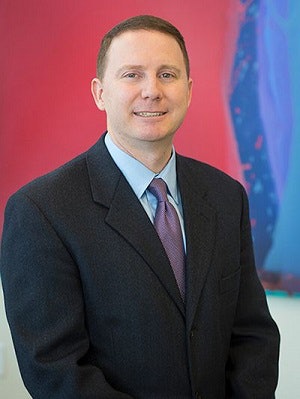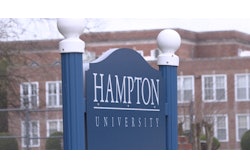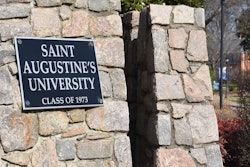WASHINGTON — Community college presidents and trustees gathered on Monday at the Community College National Legislative Summit to discuss current issues affecting higher education, including the need for increased funding and more student advocacy.
The summit, hosted by the Association of Community College Trustees (ACCT) and the American Association of Community Colleges (AACC), is being held in Washington, D.C. from Feb. 9-12.
Conference sessions on Monday focused on federal legislative policy priorities and looked at how to prepare community college students and leaders for their meetings with congressional figures on Capitol Hill.
During a morning session at the summit, ACCT’s and AACC’s representatives focused on Pell grants and the need to broaden them.
In order to qualify for Pell grants, a program must be at least two-thirds of a year in length. Many community colleges offer short-term, workforce-oriented programs that aren’t eligible for these grants. Speakers suggested that Pell grants be established for shorter-term programs. They also said the maximum Pell grant award should be increased in order to reduce the cost of attendance for low-income students.
 David Baime
David BaimeAccording to the conference’s information sheet, 59% of students at community colleges receive aid, including from grants, loans, states and institutions.
In addition, speakers highlighted the need to overturn the ban on Pell grants for incarcerated individuals. For more than 25 years, incarcerated individuals have been prohibited from using Pell grants to cover tuition, fees and course materials.
They said postsecondary prison programs reduce recidivism and increase employment opportunities for once-incarcerated individuals.
The idea of free community college was also addressed, with speakers emphasizing that the cost of college goes beyond tuition.
For community college students, the average full cost of attendance in 2018-2019 was $17,870. On top of that, the cost of community college tuition and fees was $3,660 and transportation and other expenses averaged $4,170, according to the conference’s information sheet.
“We continue to think it’s really important for the federal government and all states to make universal community college accessible,” said David Baime, senior vice president for government relations and policy analysis at AACC.
Another recommendation from the session was that community college leaders advocate for transparency within federal data. To do so, ACCT and AACC recommended that the federal government establish a national student unit record system that tracks completion, transfer and graduates’ earnings.
The session also recommended that there be increased support for programs that assist with student access and success, such as Supplemental Educational Opportunity Grants (SEOG), Federal Work-Study and Child Care Access Means Parents in School (CCAMPIS).
In addition, speakers said funding should be provided to more under-resourced institutions, including historically Black colleges and universities (HBCUs), and minority-serving institutions (MSIs).
They also discussed the need to assist students affected by the cancellation of the Deferred Action for Childhood Arrivals (DACA) program.
After the morning session, participants attended a luncheon that analyzed American politics, the upcoming presidential election and current political trends.
In the afternoon, students had the opportunity to attend a panel focused on advocacy.
 M. Matthew Owens
M. Matthew OwensTo support on-campus advocacy movements, Rich Williams, officer of Pew Charitable Trusts’ Project on Student Borrower Success, recommended that students convene with individuals who share similar issues and create a cohort.
For example, while he was a student, Williams worked to lower the cost of textbooks on his campus by talking with administrators and professors.
Another way to increase advocacy is for students to share their personal experiences with the media, said Williams.
“They don’t hear from students often; they hear from campus administrators,” he said. “Hearing from a student trustee and the bridging of the student experience with the trustees on campuses is a really unique way to help amplify problems that students deal with.”
M. Matthew Owens, executive vice president and vice president for federal relations at the Association of American Universities, said that students bring a different perspective to advocacy.
“Know your role and know your voice,” he added. “You occupy a unique space so how does that fit into the issues that you’re trying to accomplish relative to where you might have allies?”
Speakers also had advice for students who plan on lobbying over the next few days.
Owens suggested that if students normally use social media, they should use it during their advocacy process. For example, students can tweet or post that they are looking forward to meeting a specific congressman to talk about an issue.
“Let them know you’re coming,” he said. “Let them know you’re paying attention. Let them know that you’re going to be using social media when you’re done (meeting) with them, where you are going to thank them for their time and attention that they pay to you and your information.”
In addition to student advocacy, the conference also hosted sessions that discussed federal support for student parents, CEO search in a competitive market and advancing college promise programs.
Sarah Wood can be reached at [email protected].















